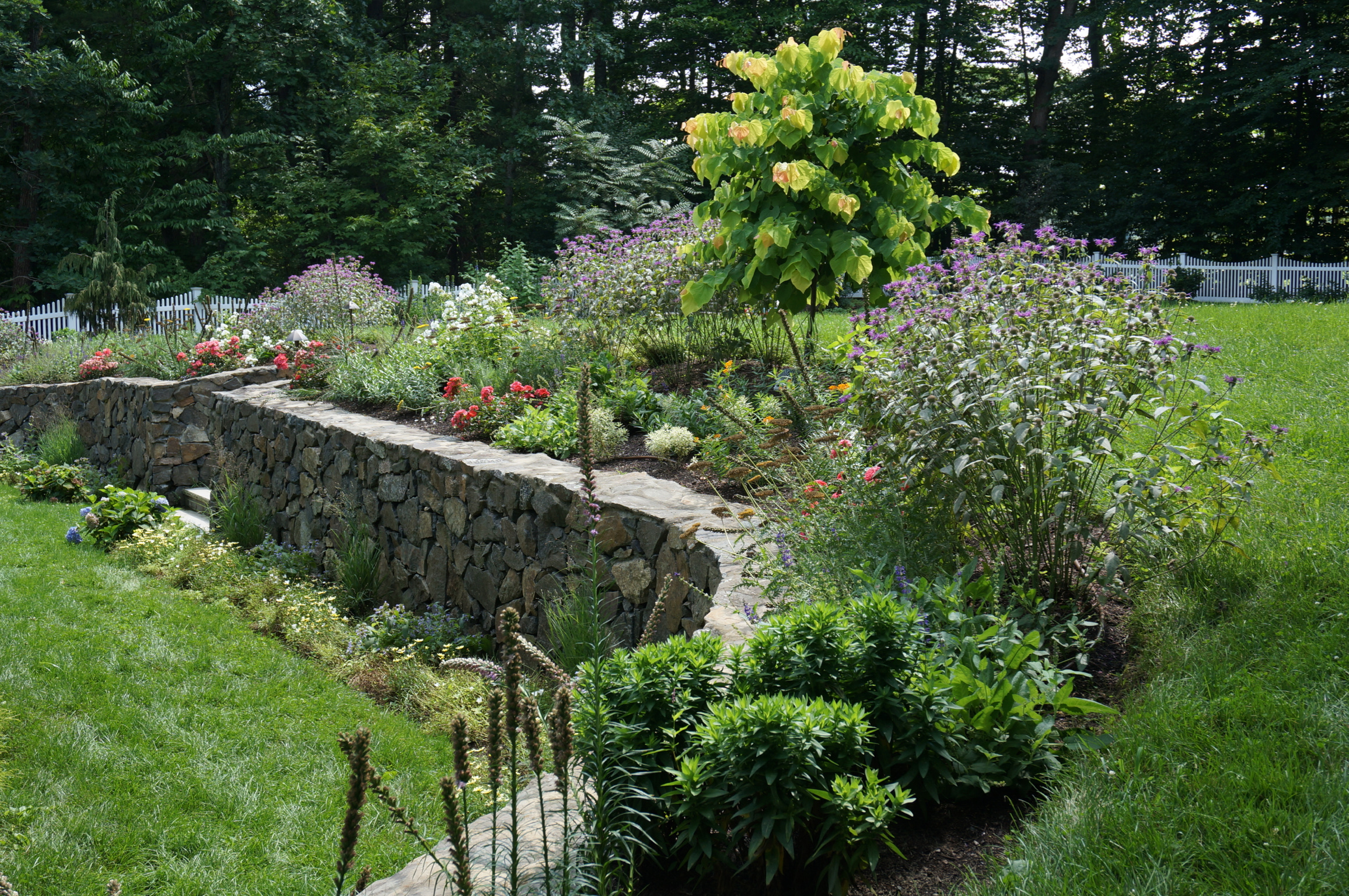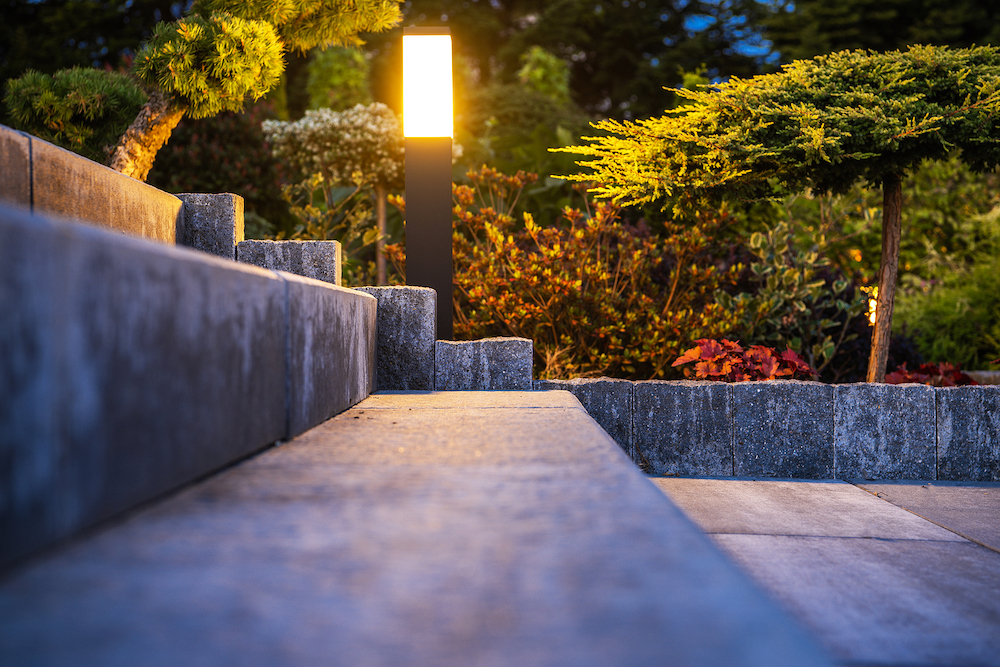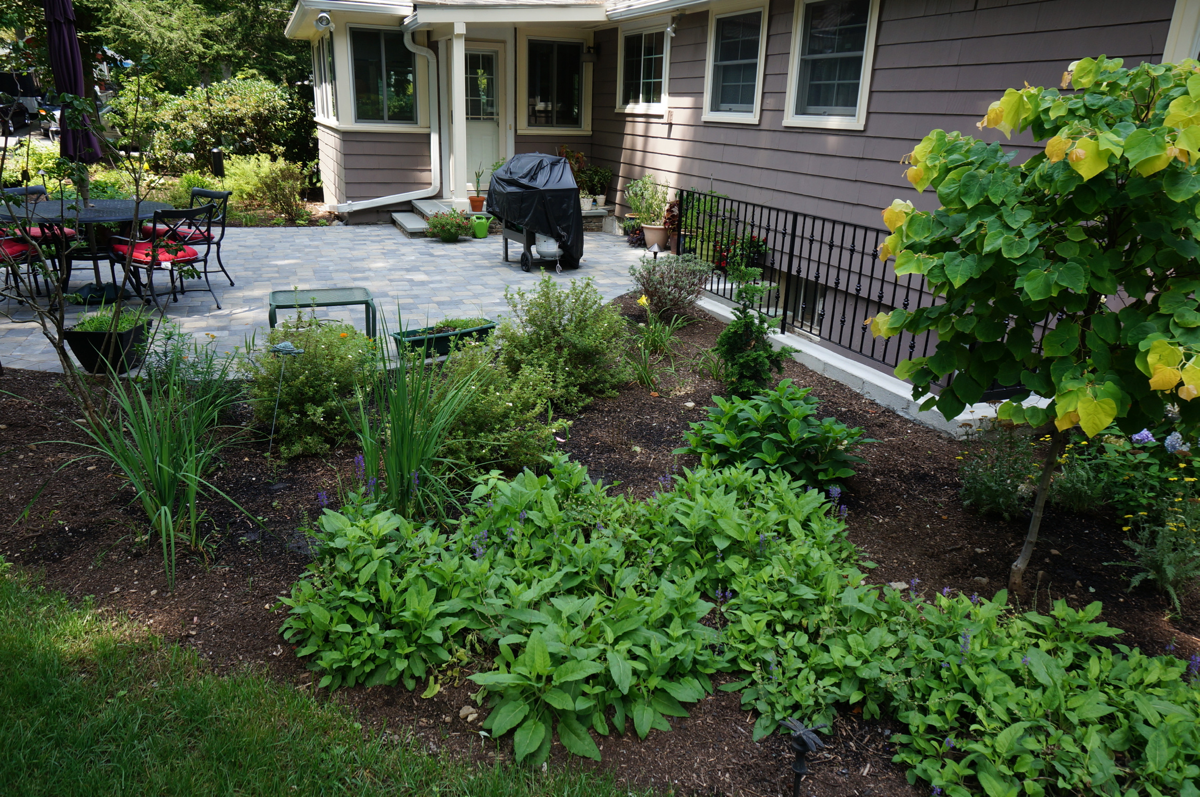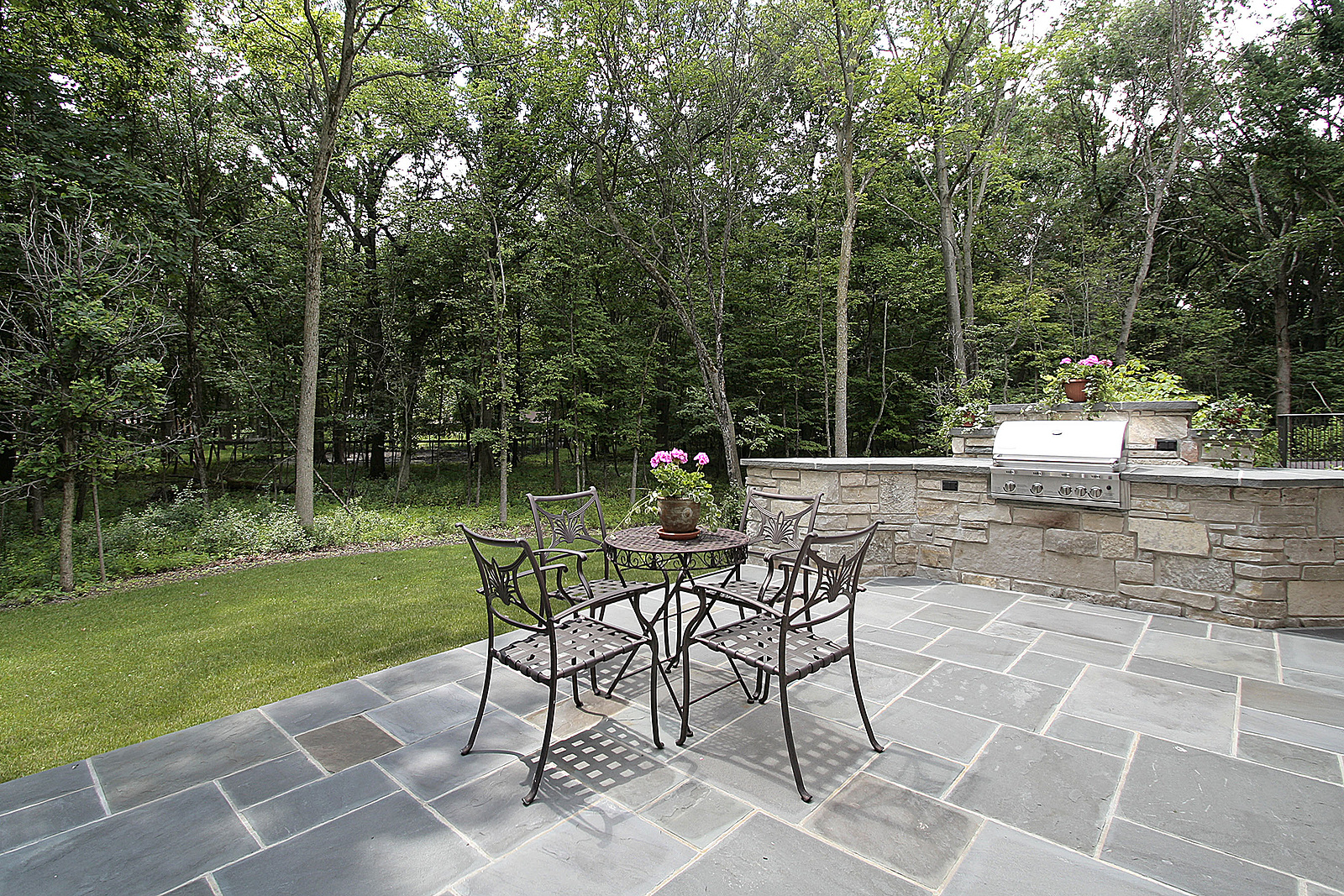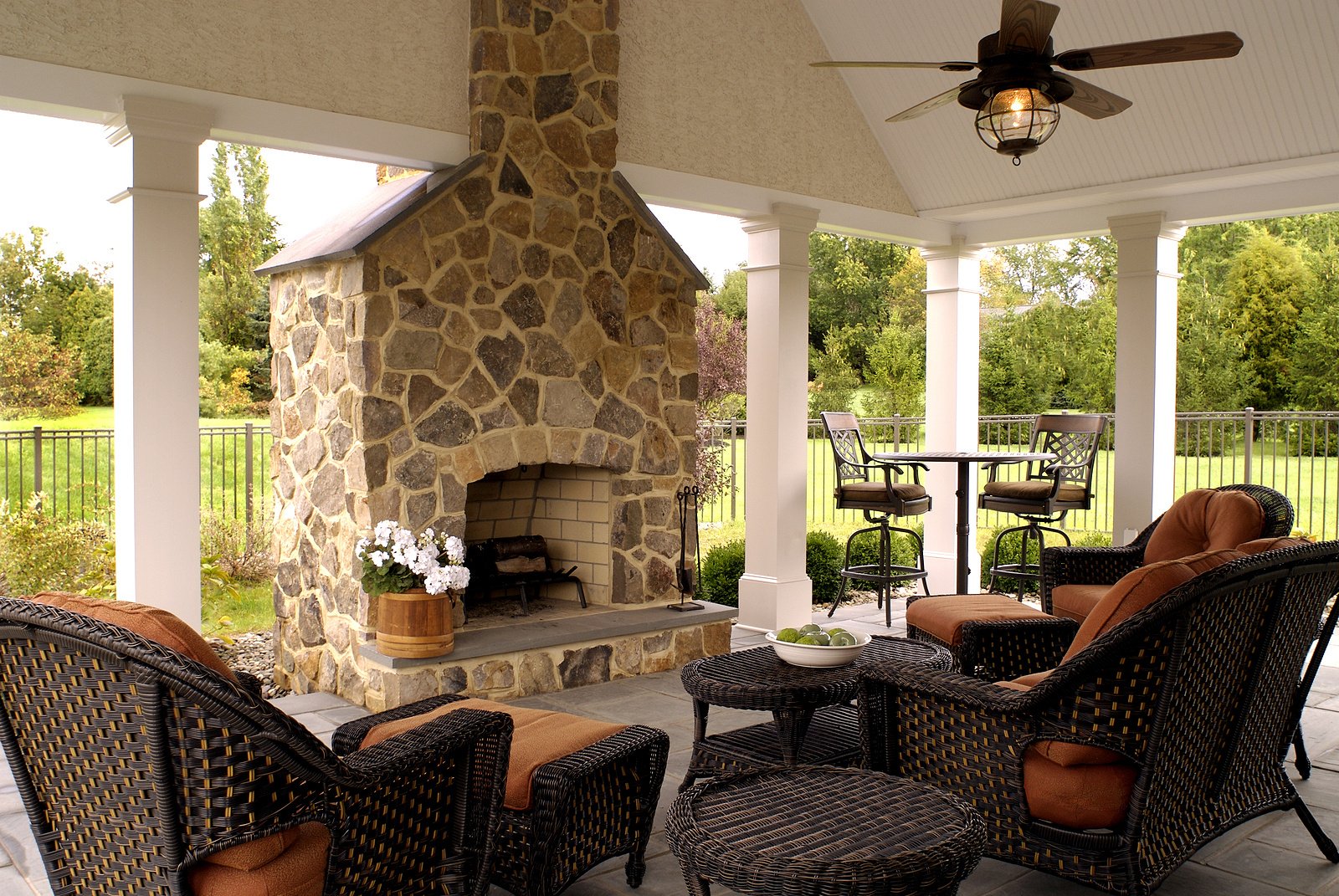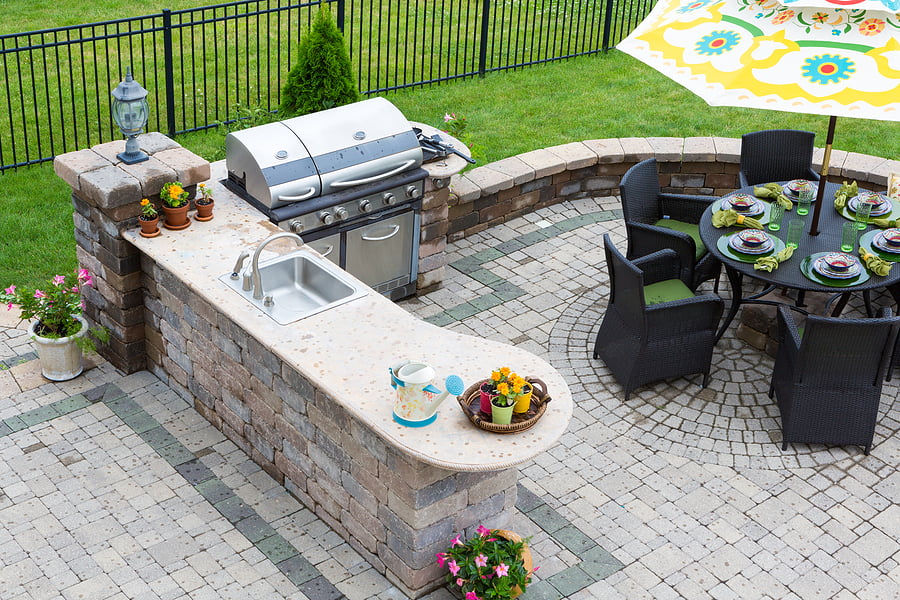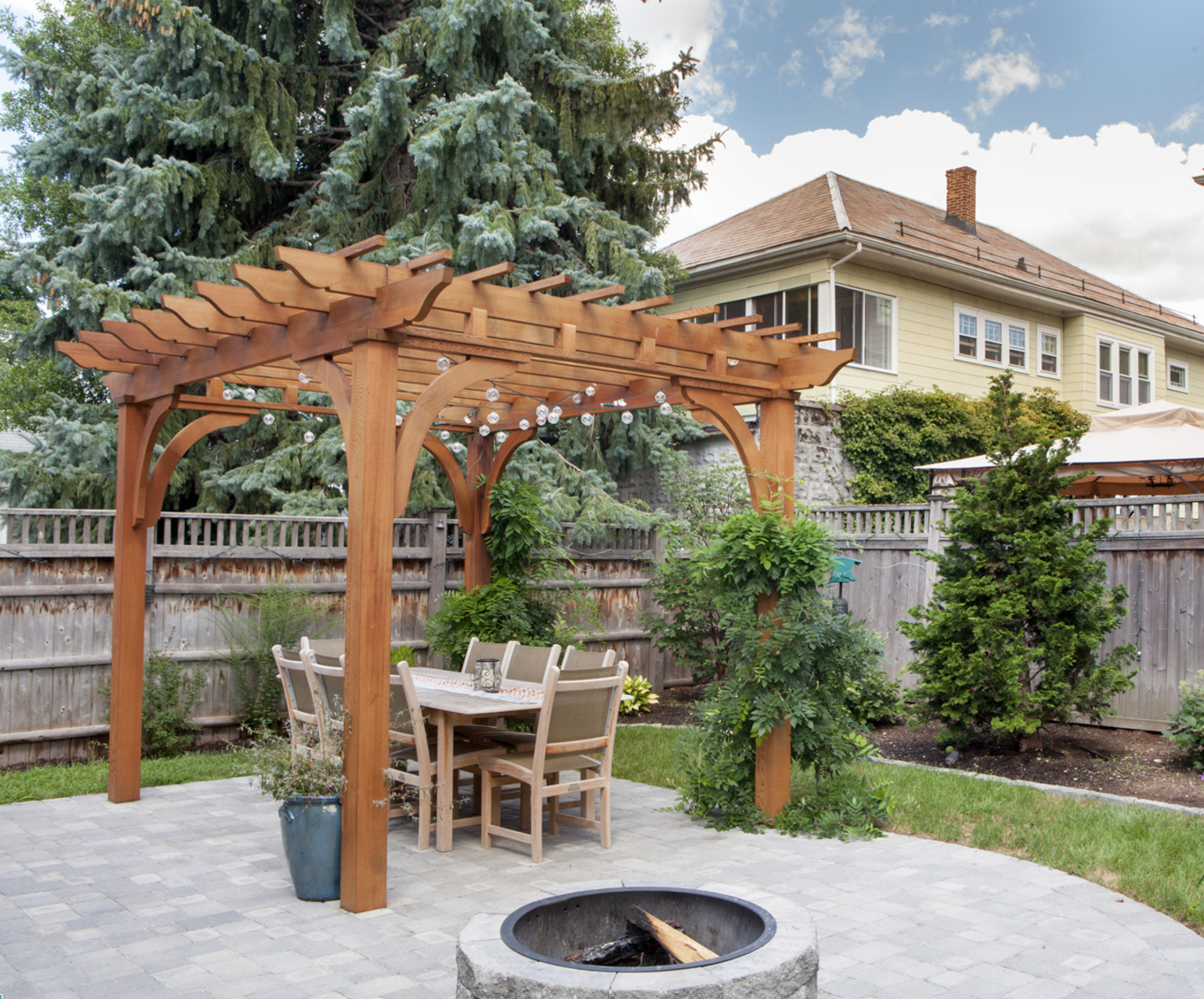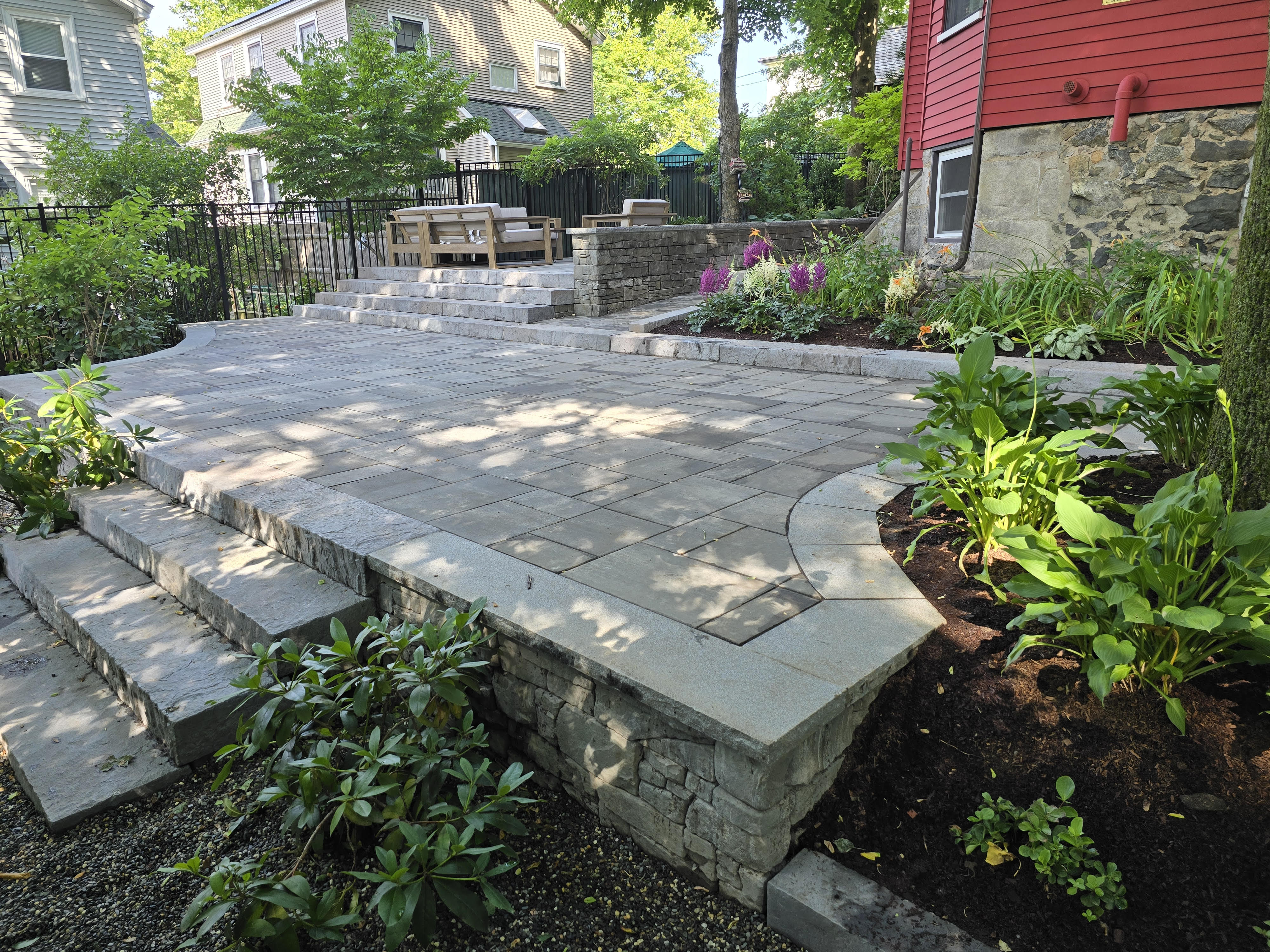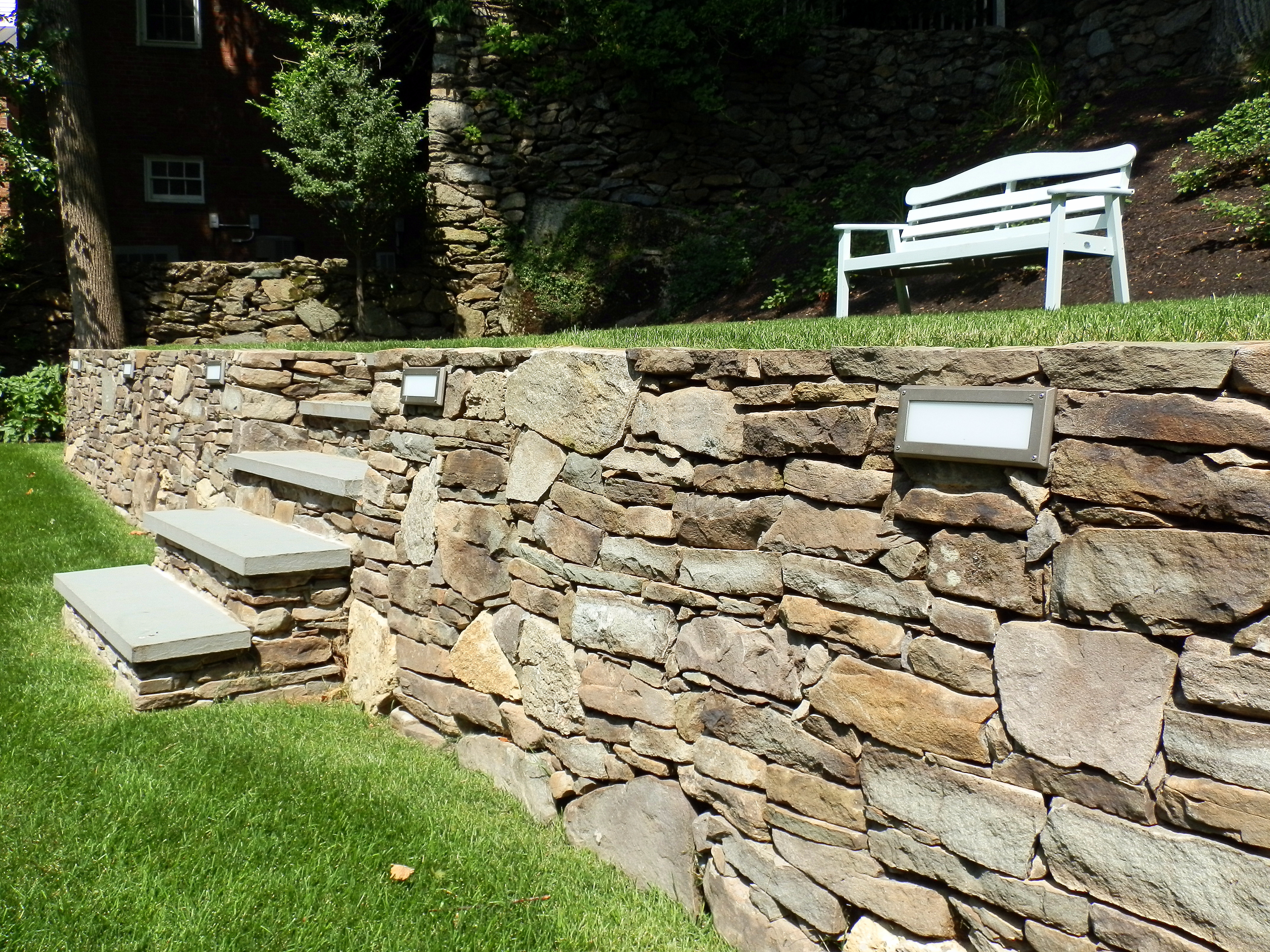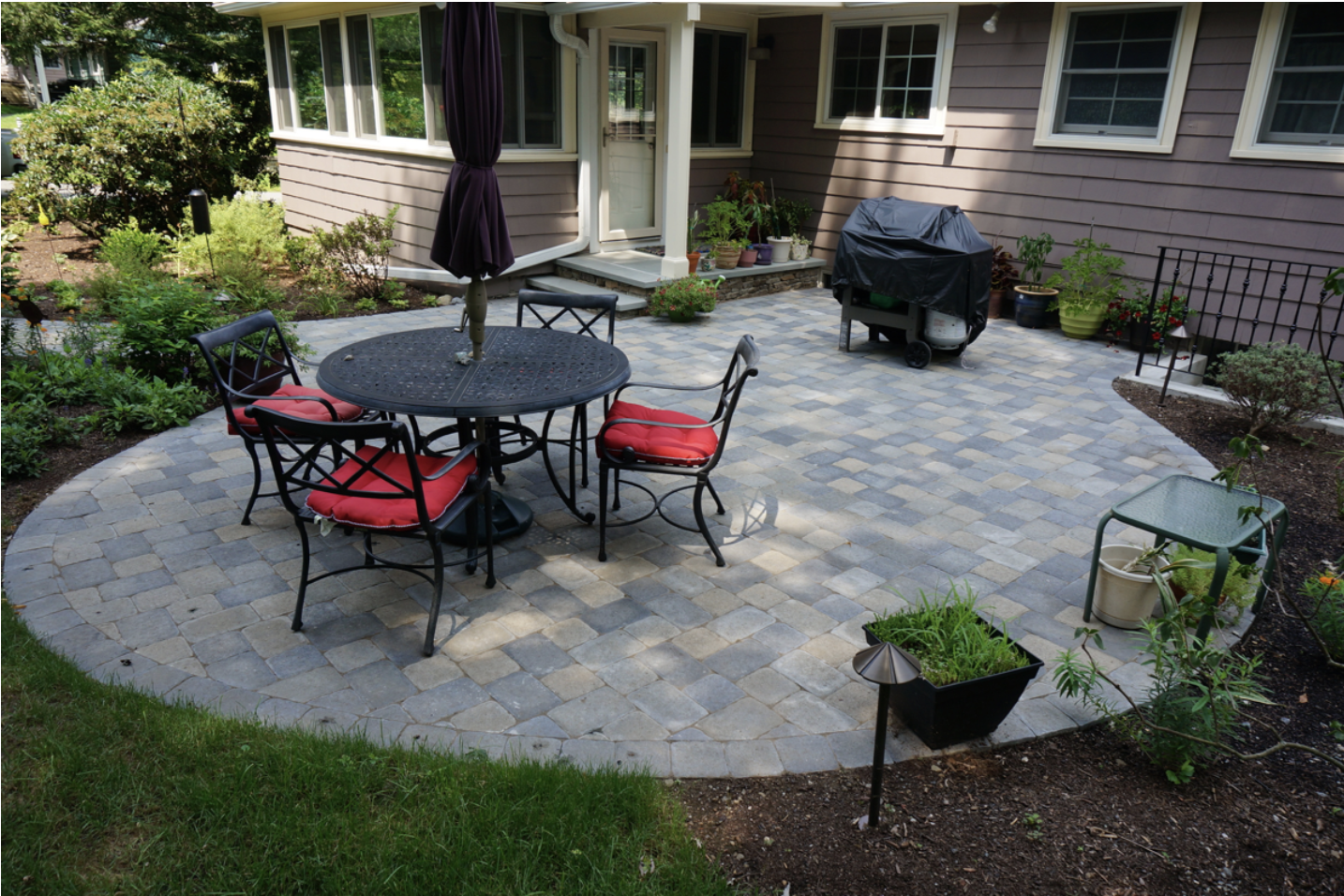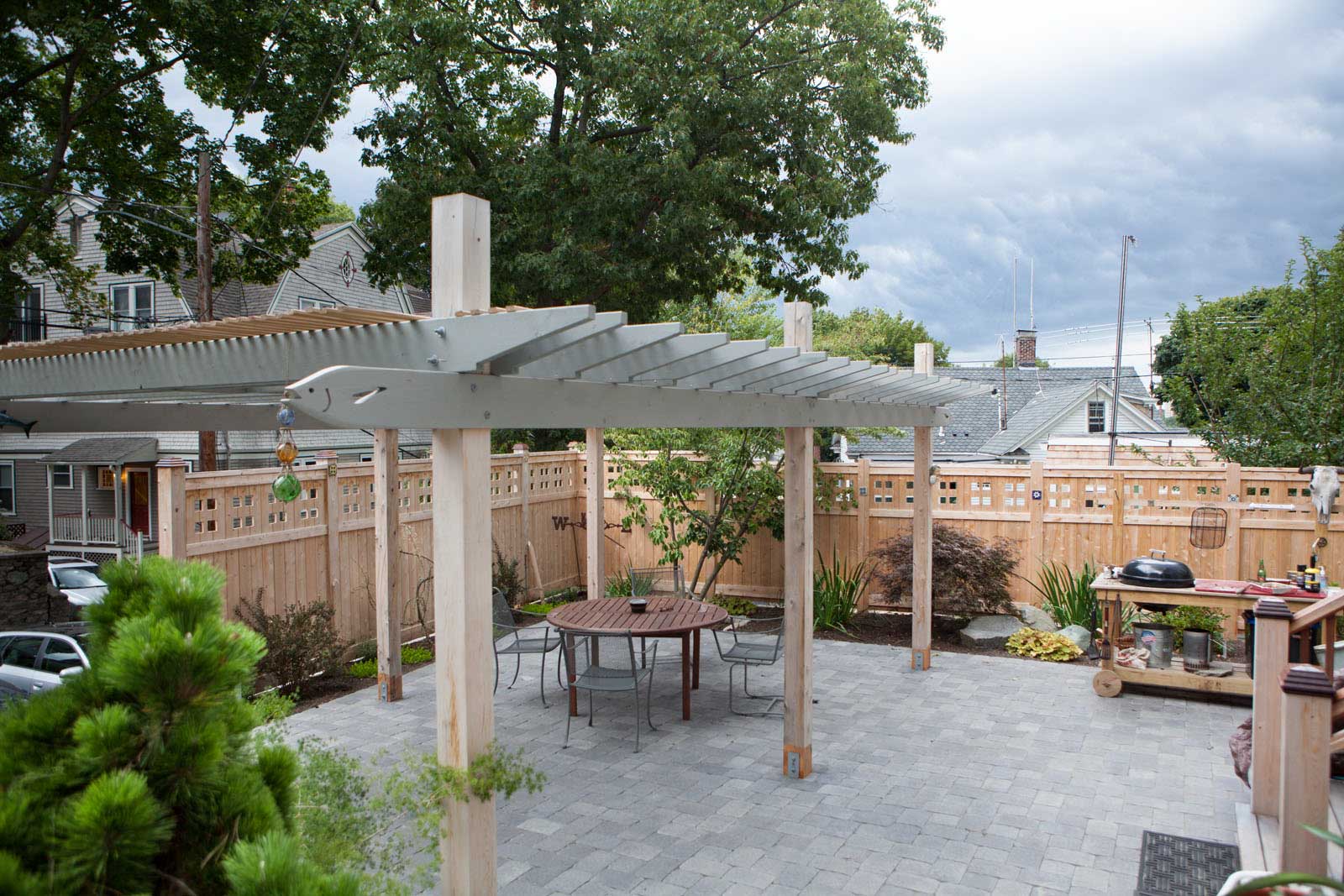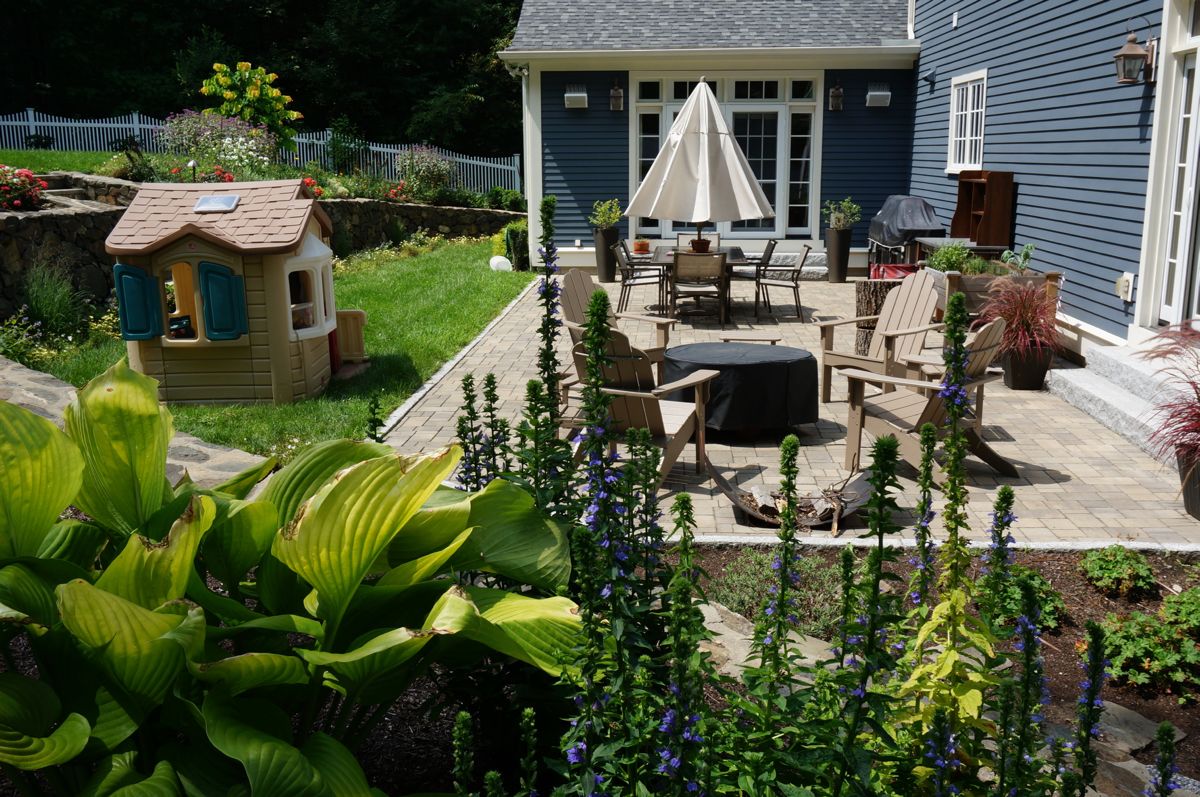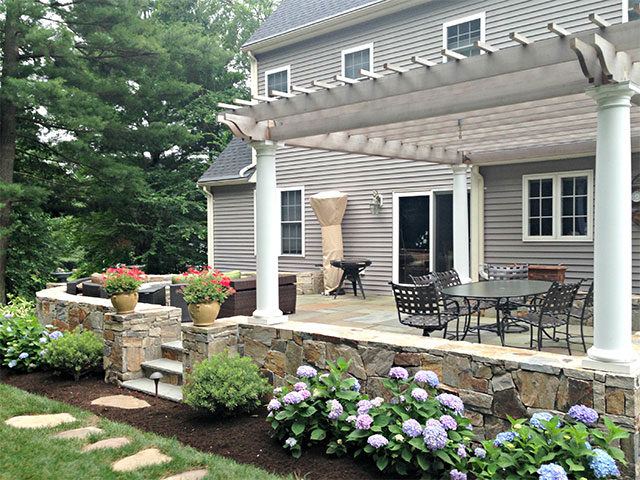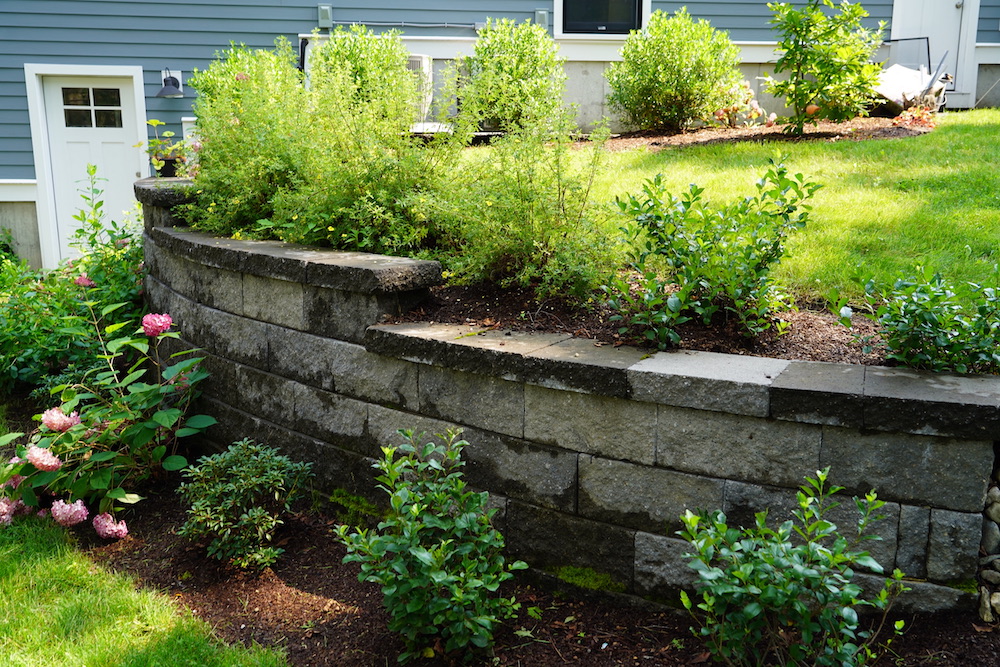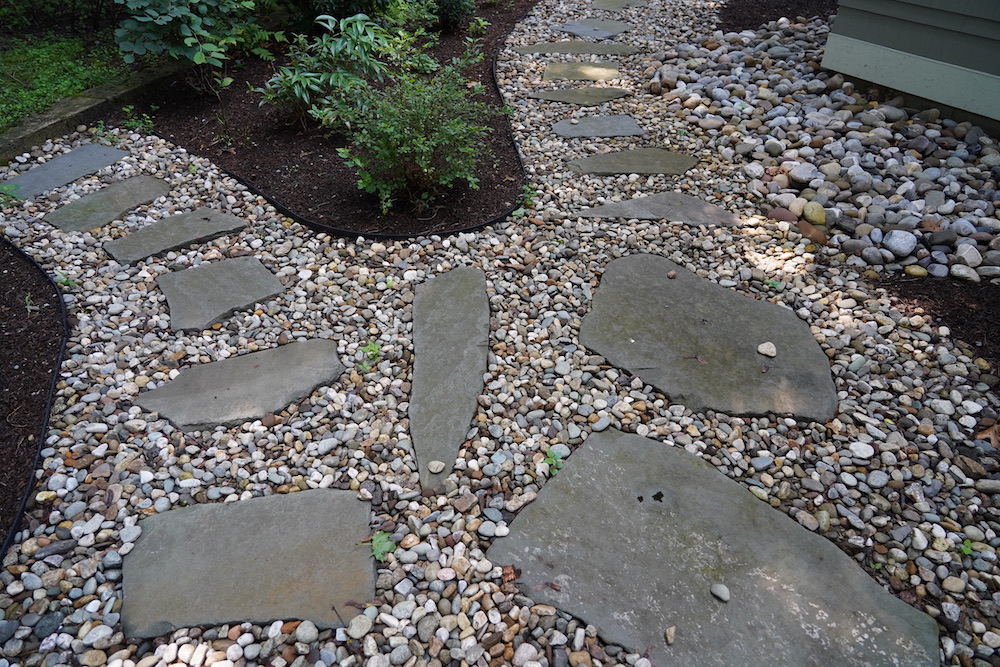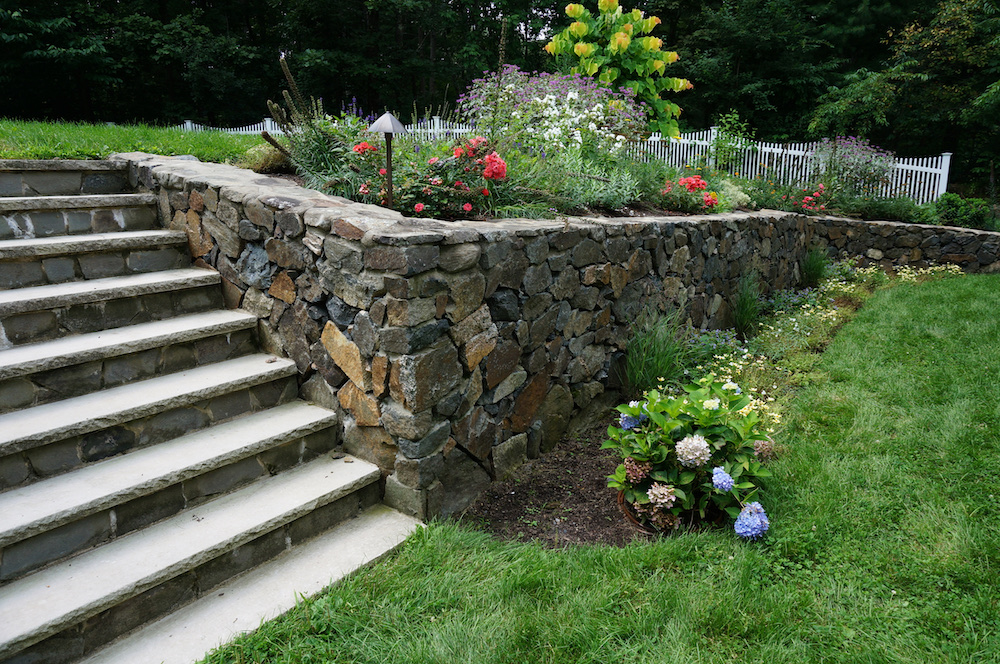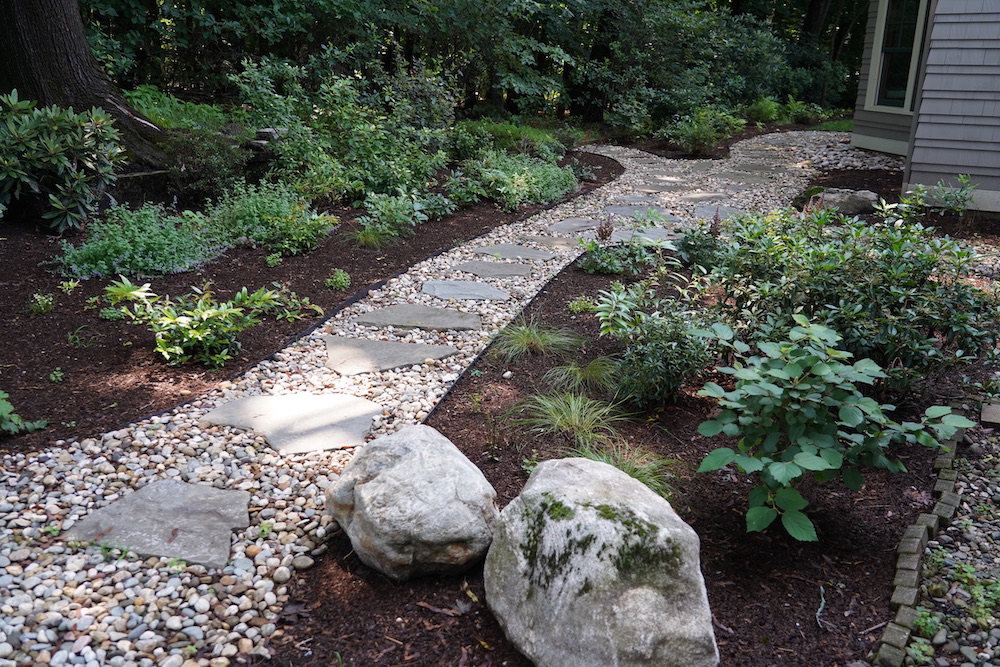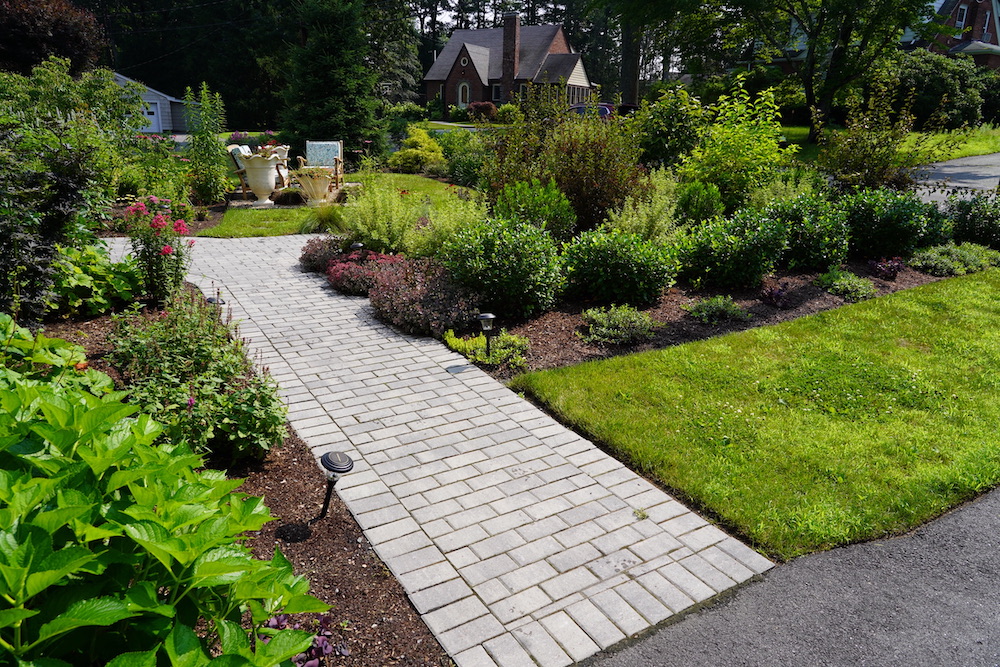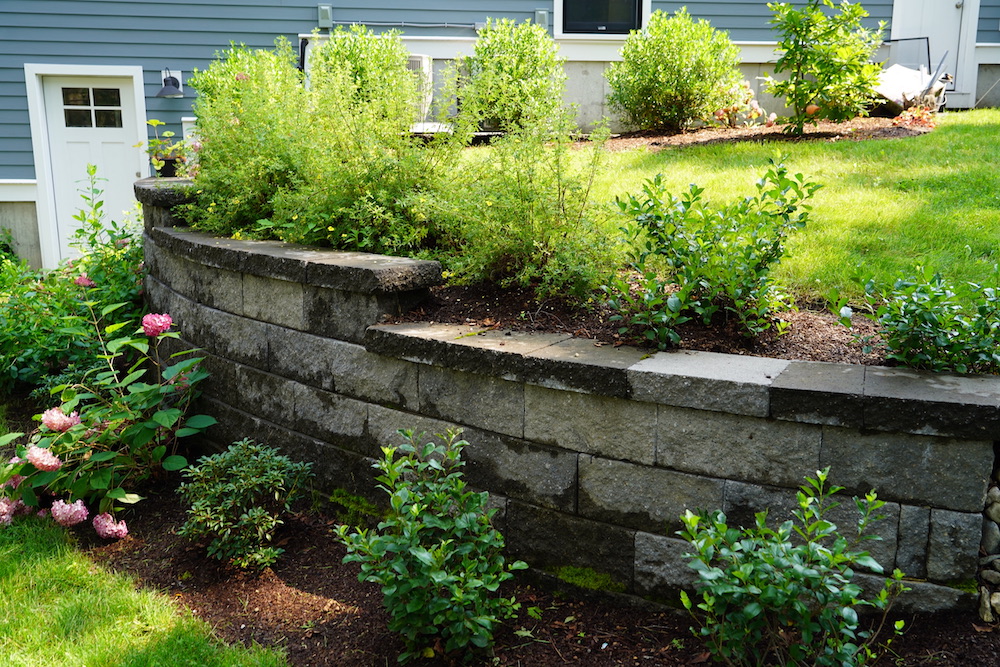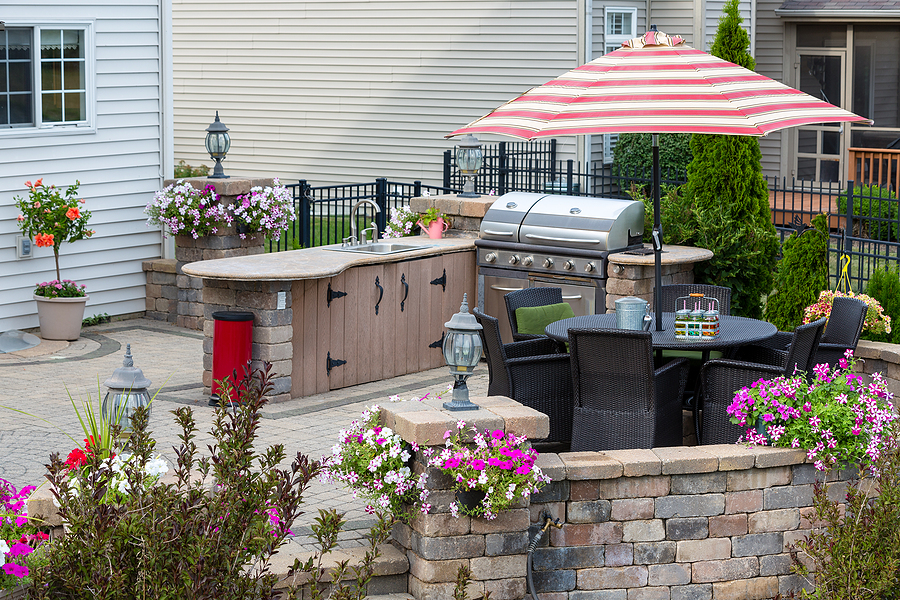Thinking about undertaking a hardscape project at your home? Adding features such as a walkway, retaining wall, outdoor kitchen, fire pit or shade-providing structure like a gazebo or pergola is an exciting undertaking. As with any lawn and garden project, there is a lot to consider before beginning.
There are many factors that can impact a hardscaping budget, such as the untouched lay of your land, the materials you plan to use, the access to the construction area, space being worked, and the labor needed to achieve your goal. After you take the time to think about these things, you can begin to organize a plan for your project and form a budget based on what you’ve learned more about the price range for hardscape projects.
Here are some important questions you’ll need to answer when planning your hardscape design and installation costs.
What are the benefits of hardscaping?
Before you start allocating dollars to a hardscape project, you’ll first want to determine if it’s the right fit for your home. We’ve found homeowners receive many benefits of building a hardscape.
First, building a hardscape on your property can reduce the amount of landscape maintenance you require, and therefore decrease your overall landscaping costs. For example, replacing lawn with hardscape cuts down — or even eliminates — lawn care tasks such as aeration, seeding, fertilization and regular lawn mowing.
Beyond the practical benefits of installing a new hardscape, such as reducing maintenance costs, they can also greatly boost your enjoyment of your outdoor space. A new patio installation offers you the chance to create a welcoming living space outdoors, while hardscape around a swimming pool can be a beautiful backdrop for a summertime party with friends and family.
Another especially important element of building a hardscape at your home: It can significantly boost your home’s curb appeal, thereby adding to your home’s property value.
What does the lay of the land look like?
When planning your hardscaping project, one of the first things you must consider is the current lay of the land. Adding hardscape to a piece of land that is flat will very likely require less labor (and therefore, less of your budget) to achieve the look you’re going for than on a piece of land that is sloped, rocky, or rutted out from excess rain runoff. The less major altering you do to the current lay of your land, the more money you’ll be able to save.
But, if you want to turn a hill into a flat spot, or vice versa, there is a lot of earth-moving involved. The same can go for adding terraces or walls, or even when flattening areas for walkways and paths. You may find that the job is beyond what can be done efficiently with shovels and buckets. If this is the case, it may be necessary to go a step further and use heavy machinery.
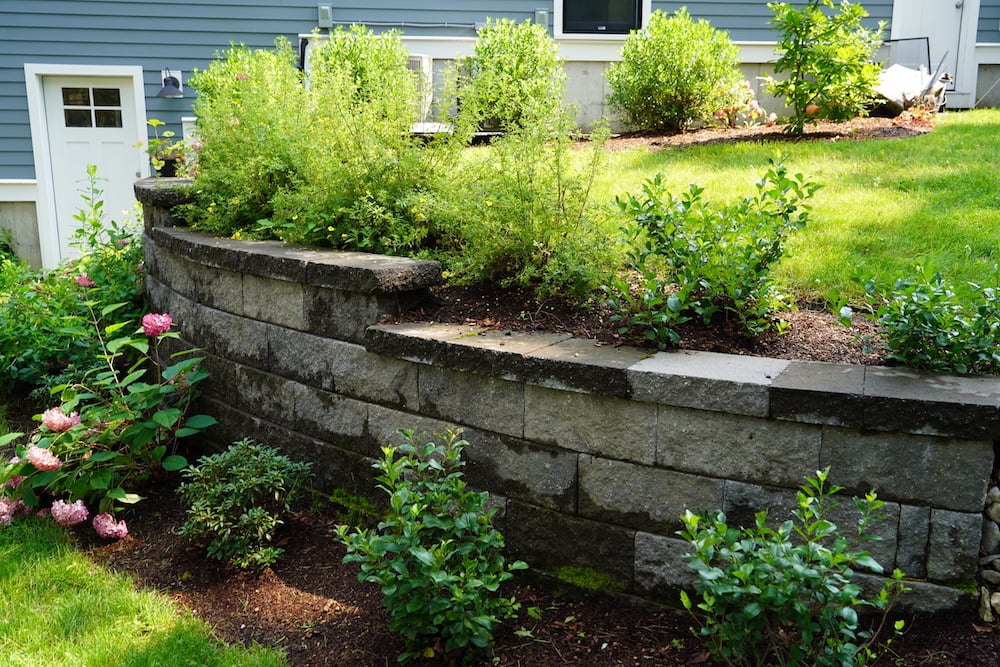
A motorized digger, such as a mini excavator or other type of small tractor, can be rented from a local equipment rental or lawn and garden company. Some places may allow you to operate the machinery on your own, while others will require you to utilize one of their experts to run the equipment.
Another thing to consider is if you aren’t starting your hardscaping project from scratch, you must think about if your pre-existing hardscape fits your vision for your future lawn, garden and overall landscape design. For example, do you need to work around an existing irrigation system, or will you be adding new sprinklers?
If you currently have features that can remain in your space, you’ll be able to cut costs by retaining some of your current hardscape. Otherwise, removing and disposing of any old hardscape materials that no longer suit you could increase your project costs.
How easy is it to access the hardscape space?
If actualizing your dream hardscape requires heavy machinery, you must consider how easily your space can be accessed. Not all tractors of pieces of heavy equipment can fit through the space between your home and your neighbor’s.
Homeowners with corner lots, or who live in suburban or rural areas, can have spaces accessed more easily. Even if this is the category you fall into, if your yard is fenced, you must consider the size of the entrance to the space you wish to hardscape.
Can large equipment and materials enter your space without alterations being made to your fencing? Even if the answer is yes, factor in the average cost of replacing any current landscape that may need to be driven over, moved, or worked on top of during the installation of your hardscape.
Not only do workers and machinery need to be able to gain access to your space, but so do materials. Delivery of large material can get tricky, and pricey, if your yard isn’t easily accessible from the nearest road. You’ll also need to keep the overall size of your yard.
What materials will be used for the hardscape?
As with any project, there will be a wide range of materials you can consider for your hardscape, and some will have a cost range that is more budget-friendly than others. Typically, you’ll need to price your materials per square foot.
A great way to keep costs down is by using reclaimed materials. Bricks, stone, pavers and even wood that is beautifully weathered has the potential to transform an ordinary construction into an incredible focal point. These can be beautifully complemented by surrounding the hardscape with natural materials like mulch as part of a comprehensive landscaping project.
Another way to save money in your hardscape budget is by using locally sourced materials. If you plan to use natural stone, look around for nearby quarries. Your hardscape will reflect your unique geologic area, and as a bonus, you’ll save on delivery of your freighted materials.
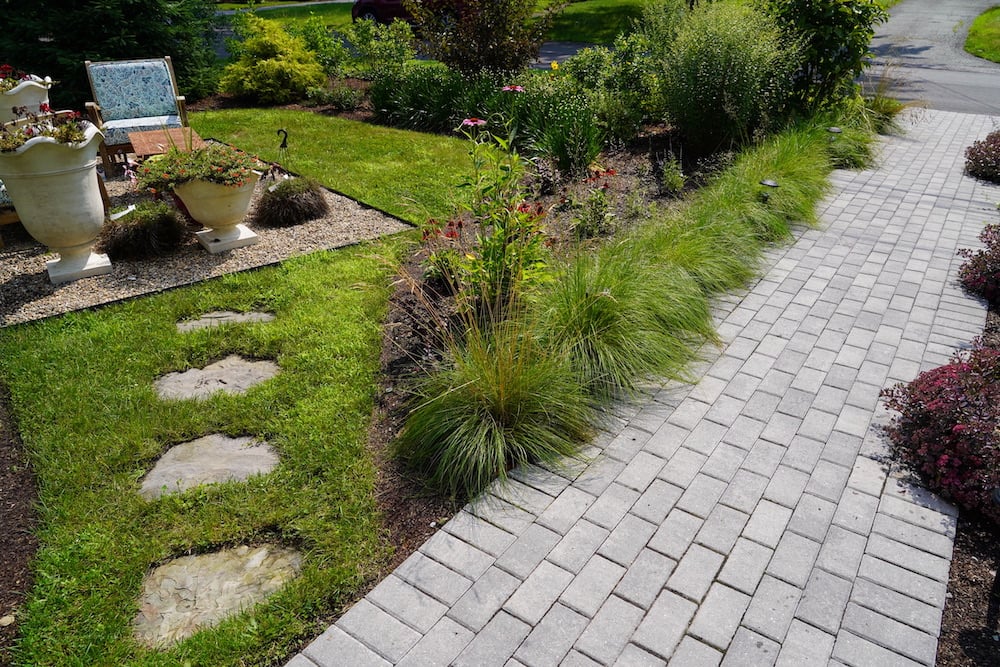
Using wood from a local sawmill is another great cost-saving measure you can take when planning and installing your hardscape. You can often get high-quality lumber at very reasonable costs. Some mills will even sell one-offs, boards or beams with slight (sometimes barely noticeable) defects, at a fraction of the cost.
There are certainly ways to increase your budget when it comes to choosing materials, too. There are gorgeous options in high-end hardscape materials, from exotic stone and wood for building, to pre-fabricated fully-finished structures.
Another factor to consider is if you’ll be adding to softscaping elements to the area around the hardscape. Softscaping refers to the living elements of your landscape design, and can include like flower beds, perennials and native plants. Water features such as a water fountain can be another gorgeous element.
Regardless of the materials you choose, you’ll also need to ensure they’re appropriate options for your local climate.
What are the project's labor costs?
If you don’t wish to undertake your hardscape project independently, it’s important to hire professionals who are able to do a job correctly and efficiently. This can begin in the planning process and continue from the heavy lifting through to the final touches.
Luckily for the average gardener, there’s a professional ready and waiting to assist with almost any job you can think of when it comes to hardscape construction. Need help with designing your space? A landscape firm can help. Not confident operating machinery? An equipment rental store can help. Can’t lift and move large stones? A team of professional landscapers can help.
The cost of this skilled labor may not seem cheap at first glance, but the help of a professional landscaping company who knows the ins and outs of hardscaping can be invaluable. Being willing to spend a little more of your budget on labor can drastically cut down on the time it takes to make your hardscape dreams a reality.
When you set out on your hardscape project, budgeting can be daunting. Once you learn how much hardscape costs, you can carefully consider how you’ll allocate your budget. Having a solid idea of what you want your hardscape to look like compared to the current state of your space will help you to decide how to wisely spend your hardscape budget.
Thoroughly researching hardscape costs will help you to get the most out of your budget and ensure you’ll end up with the hardscape you’ve always envisioned while boosting your home’s value and curb appeal.
Can you DIY your hardscape project?
We’ve found that some homeowners consider installing a hardscape as a simple home improvement project that they can tackle on their own to save money. Certainly, you can go the DIY route yourself, but given all of the factors we’ve covered here, we recommend that you partner with a professional landscaping company that has experience in each step of the process.
They have the expertise to help you source the most cost-efficient hardscape materials, have established relationships with contractors specializing in land removal, tree trimming and other relevant services, All of this can keep the project on budget and more efficient — and ultimately, keeps your total costs down.
Are you interested in beginning a hardscape project at your own home? We can help. We have many years of experience in home landscape design and maintenance, and our team of professionals is ready to help you. Contact us now to get started.
To learn more about how to create a new hardscape perfect for your home, please download our free ebook, The Expert Guide to Building the Custom Home Hardscape of Your Dreams. To begin planning your own home hardscape, contact our team for a free project consultation,


